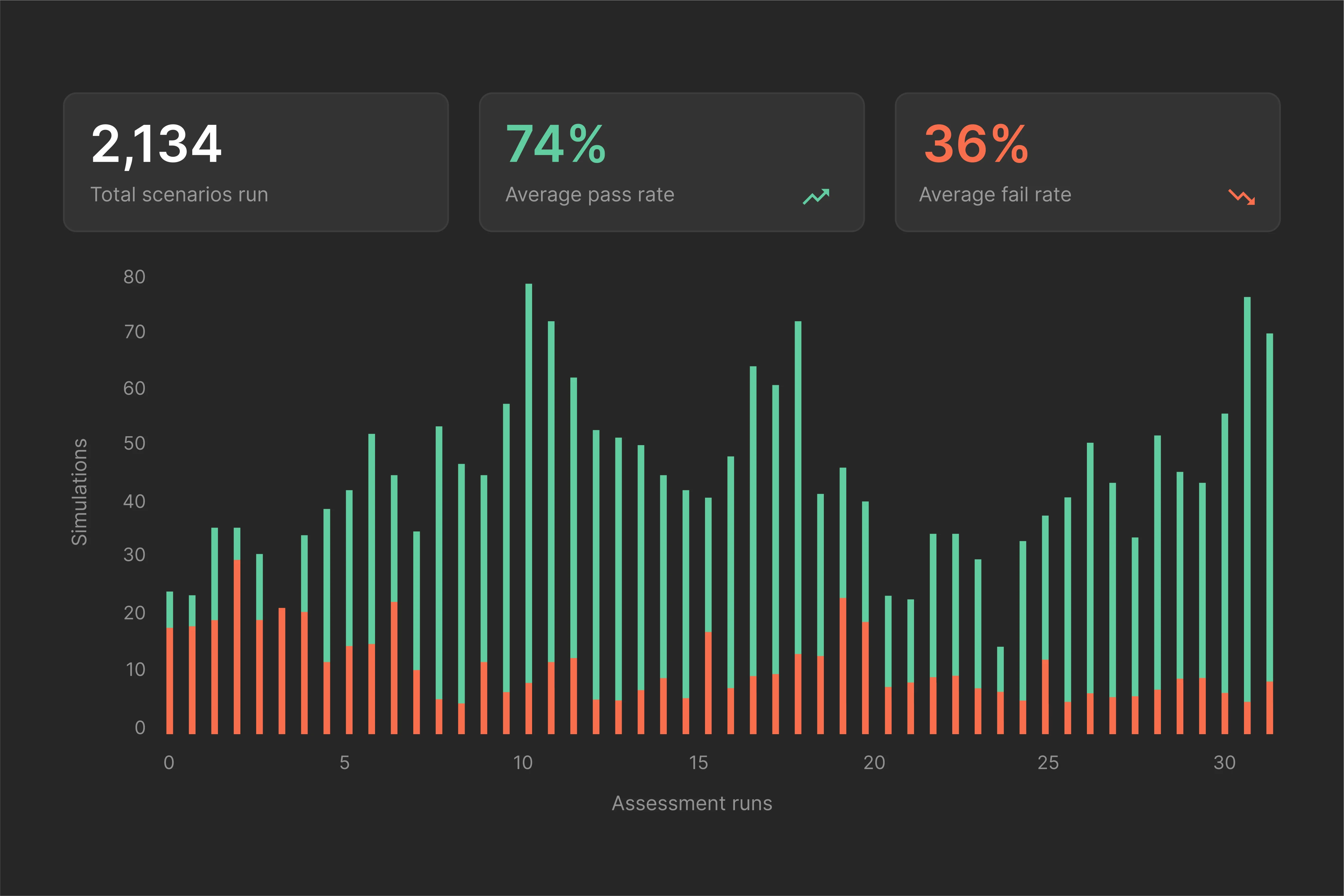Key components
.webp)
Vehicle models
BikeSim uses accurate, detailed, and efficient vehicle math models for simulating the performance of two- and three-wheeled vehicles. BikeSim models capture important edge cases of vehicle limit behavior, allowing users to trust simulation results to match real-world testing.
.webp)
High-quality graphics
Utilize behavior models that follow routes and avoid collisions intelligently. BikeSim models simulate high-fidelity dynamics for two- and three-wheeled vehicles.
.webp)
Example datasets
To assist first-time users, BikeSim provides numerous vehicles, roads, and procedure examples for use in hundreds of sample datasets.
.webp)
Scalable software platform
BikeSim math models run faster than in real time thanks to the efficient methods used to define the models. This means that engineers can run software-in-the-loop (SIL), driver-in-the-loop (DIL), or hardware-in-the-loop (HIL) tests using the same parametric data and models.
Key components
Vehicle models
BikeSim uses accurate, detailed, and efficient vehicle math models for simulating the performance of two- and three-wheeled vehicles. BikeSim models capture important edge cases of vehicle limit behavior, allowing users to trust simulation results to match real-world testing.
High-quality graphics
Utilize behavior models that follow routes and avoid collisions intelligently. BikeSim models simulate high-fidelity dynamics for two- and three-wheeled vehicles.
Example datasets
To assist first-time users, BikeSim provides numerous vehicles, roads, and procedure examples for use in hundreds of sample datasets.
Scalable software platform
BikeSim math models run faster than in real time thanks to the efficient methods used to define the models. This means that engineers can run software-in-the-loop (SIL), driver-in-the-loop (DIL), or hardware-in-the-loop (HIL) tests using the same parametric data and models.



.webp)
.webp)
